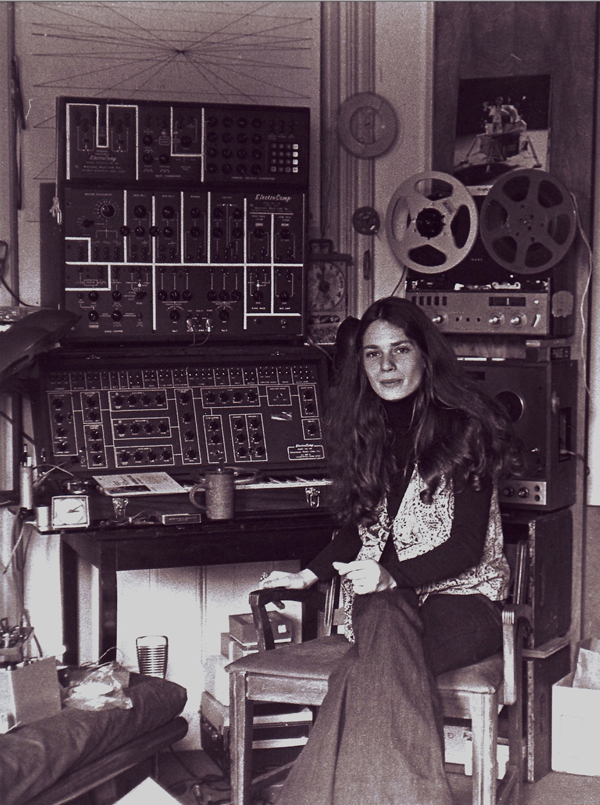Laurie Spiegel, Unseen Worlds, 1991.

Laurie Spiegel is one of the pioneers of electronic-music and even had one of her compositions sent into space on the Voyager spacecraft for aliens if they were to come in contact with it. Spiegel also created her own algorithmic compositions called Music Mouse. Her album, Unseen Worlds, uses computation electronic music to experiment and convey unfamiliar yet comfortingly ambient music. Even the album cover art seems to resemble this blend of computational generation and abstracted geometries that evoke the mystery and unfamiliarity of the music itself.
Her program Music Mouse was created on a Macintosh 512k that generated tones based on the movement of the mouse. Spiegel’s album is inspiring in its pursuit to use electronic music and artificial sounds to create foreign ambiances that still sounds futuristic and distant even while being made 30 years ago. Spiegel created other-wordly compositions in the album with her software Music Mouse that allowed an accessible way to compose electronic music faster. Perhaps most importantly, Spiegel’s early explorations of synths and electronic music was inspiring for women and people who wanted to do music without the harsh borders of classic training. In an interview Spiegel says, “electronic instruments were a great democratizing force.” It becomes clear how her albums and work with electronic music expressed the transition of a more accessible music form that invites the unexpected and unusual.
![[OLD FALL 2020] 15-104 • Introduction to Computing for Creative Practice](wp-content/uploads/2021/09/stop-banner.png)